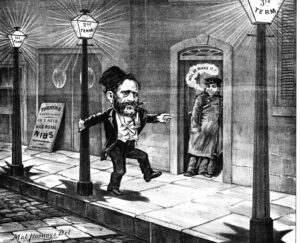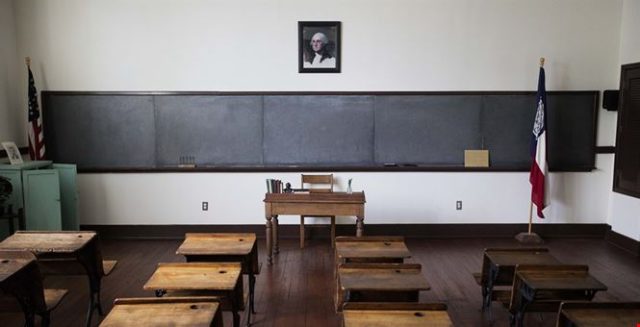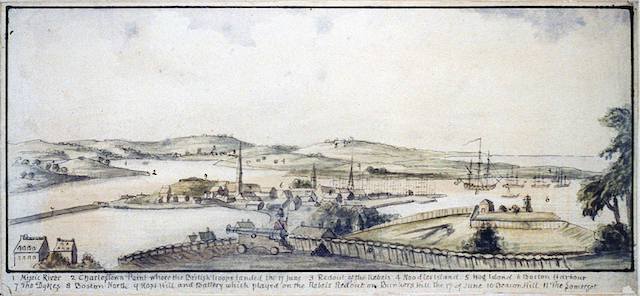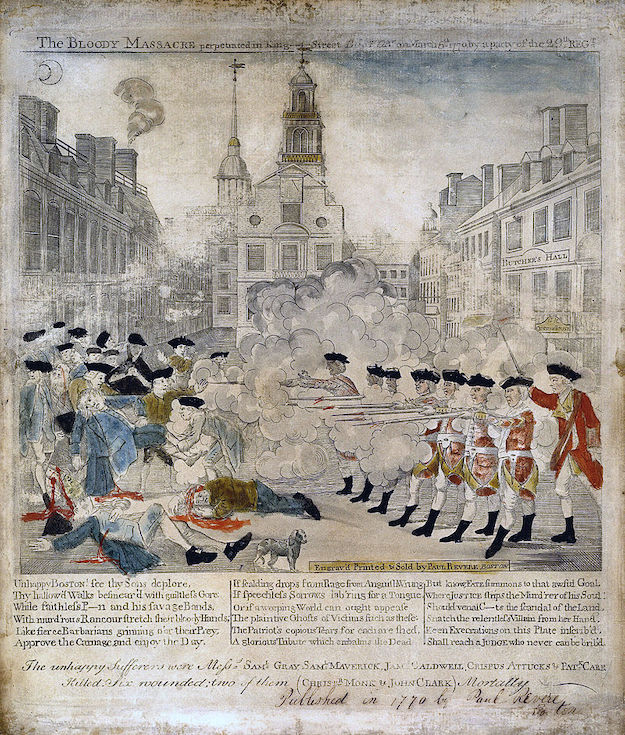
This famous depiction of the Boston Massacre was engraved by Paul Revere (copied from an engraving by Henry Pelham), colored by Christian Remick, and printed by Benjamin Edes. The Old State House is depicted in the background. / Library of Congress
Different Conceptions of Colonists’ Relationship to Britain
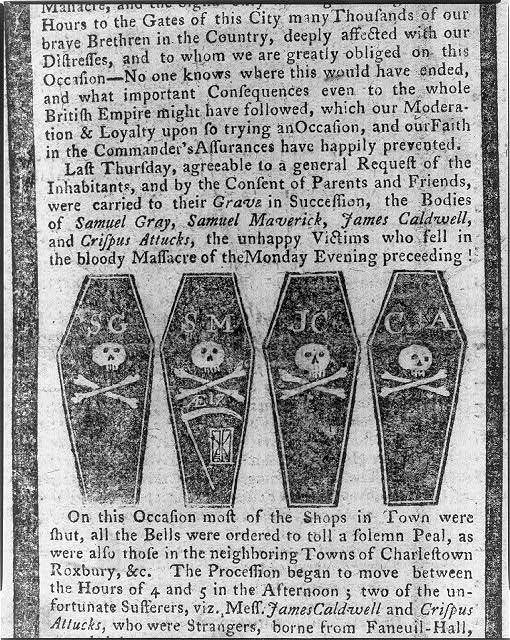
Article by Samuel Adams in the Boston Gazette about the Boston Massacre
Following the the Boston Massacre in 1770, there were different ways in which both onlookers in the British government and the colonists ended up wondering, each one, if the other one was somehow engaged in a plot. Right? And I mentioned that the British were perhaps wondering if this had all been a plot to rob the customs house; the colonists were wondering about the possibility of this being some kind of ongoing plot to subdue and repress the American colonists. So clearly at the end of the lecture from last week you can really begin to sense a growing sense of mounting hostility, even among some people a sense of growing alienation.
And you can hear this on both sides coming from the accounts of the Boston Massacre by both Gage and Adams. And I did mention in class when I read from them that they were of course writing with a purpose in mind so they were interested in being particularly bold and dramatic in what they were saying. Gage really had to excuse what happened and Adams was trying to promote people to get upset about what had happened, but even so you can hear even just in the way that they framed their accounts some of what I’m talking about here with growing hostility, growing alienation. Continue reading

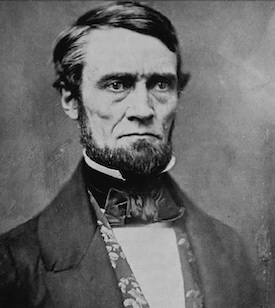
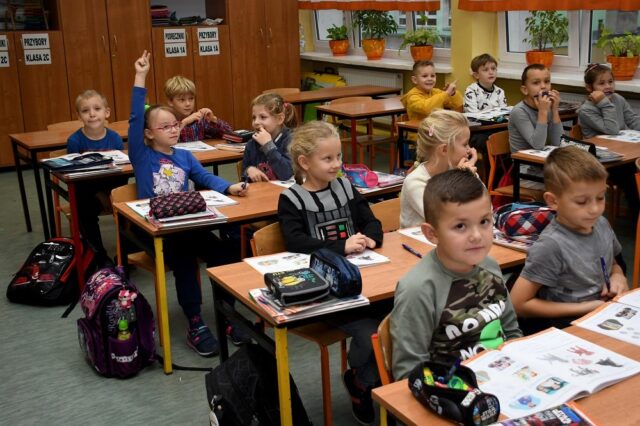 Unfortunately, most American public schools take the opposite approach.
Unfortunately, most American public schools take the opposite approach.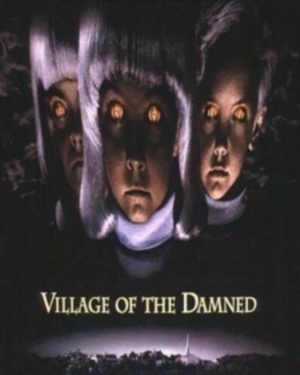 When states closed American schools due to the coronavirus pandemic, state boards of education reacted quickly to ensure that students would continue to learn. Online technologies such as Zoom, for example, were implemented so teachers and students could meet in real time. On the surface, it seemed like the perfect solution. We’ve all seen videos or news clips of a computer screen filled with the faces of eager students hanging on the teacher’s every word. Parents walking into the kitchen were likely reassured to see their child staring into the laptop while the teacher explained the lesson in the background. But the reality paints a much less successful picture of the virtual schoolhouse.
When states closed American schools due to the coronavirus pandemic, state boards of education reacted quickly to ensure that students would continue to learn. Online technologies such as Zoom, for example, were implemented so teachers and students could meet in real time. On the surface, it seemed like the perfect solution. We’ve all seen videos or news clips of a computer screen filled with the faces of eager students hanging on the teacher’s every word. Parents walking into the kitchen were likely reassured to see their child staring into the laptop while the teacher explained the lesson in the background. But the reality paints a much less successful picture of the virtual schoolhouse.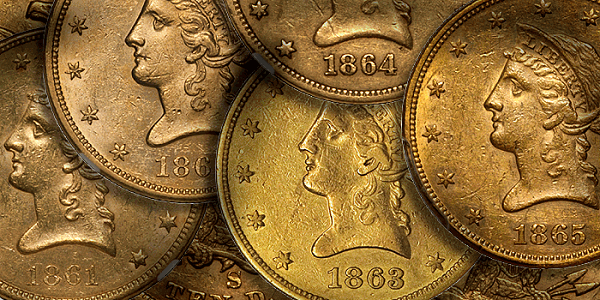
 In 1840, the young Queen of England, Victoria, married her first cousin, Albert of Saxe-Coburg and Gotha, nephew of Leopold of Saxe-Coburg and Gotha, King of the Belgians. Victoria and Albert were of the same age, both born in 1819.
In 1840, the young Queen of England, Victoria, married her first cousin, Albert of Saxe-Coburg and Gotha, nephew of Leopold of Saxe-Coburg and Gotha, King of the Belgians. Victoria and Albert were of the same age, both born in 1819.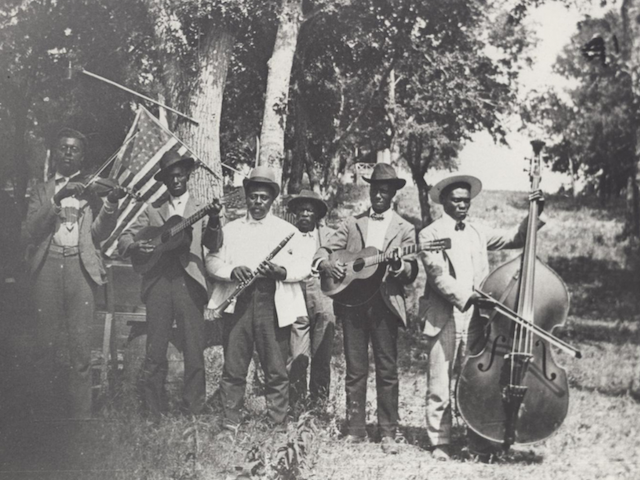
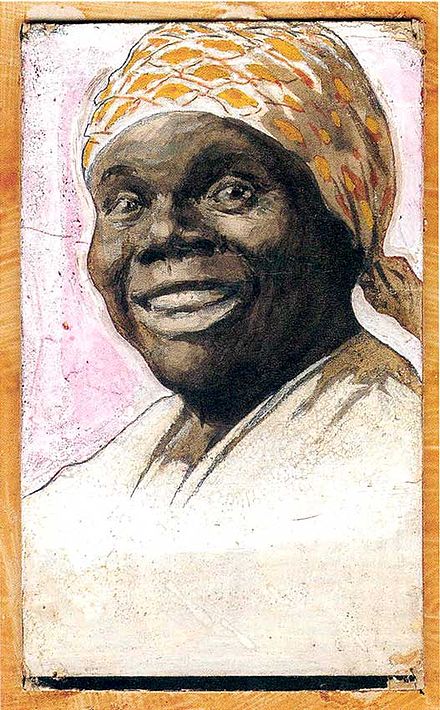
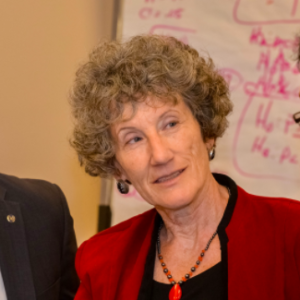
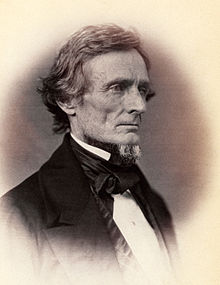 On October 17, 1978, President Jimmy Carter officially restored the full citizenship rights of former Confederate president Jefferson Davis, signing an act from Congress that ended a century-long dispute.
On October 17, 1978, President Jimmy Carter officially restored the full citizenship rights of former Confederate president Jefferson Davis, signing an act from Congress that ended a century-long dispute.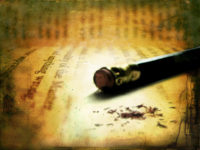
 Neil Compton of Bentonville, Arkansas, my beloved hometown, stands as a paragon of civic virtue. Born in Falling Springs, western Benton County, he lived with his family on Upper Coon Creek until the age of eleven, when he moved to Bentonville upon the election of his father, David, as Benton County Judge. After his undergraduate and medical education at the University of Arkansas, Compton served as a health officer with the State Board of Health, and later served in the Medical Corps of the United States Naval Reserve in the Fiji Islands during the Second World War. His former home, just off of the Bentonville Square, serves as the center of Compton Gardens, comprised of nearly seven acres of walking trails and native woodland plants. Compton Gardens now connects to our world-renowned Crystal Bridges Museum of American Art, as well as the rest of the magnificent Bentonville trail system. I have many a fond memory there, and vividly remember my first visit in the fourth grade. Incidentally, it was this fourth-grade teacher that instilled in me my passion for the natural world.
Neil Compton of Bentonville, Arkansas, my beloved hometown, stands as a paragon of civic virtue. Born in Falling Springs, western Benton County, he lived with his family on Upper Coon Creek until the age of eleven, when he moved to Bentonville upon the election of his father, David, as Benton County Judge. After his undergraduate and medical education at the University of Arkansas, Compton served as a health officer with the State Board of Health, and later served in the Medical Corps of the United States Naval Reserve in the Fiji Islands during the Second World War. His former home, just off of the Bentonville Square, serves as the center of Compton Gardens, comprised of nearly seven acres of walking trails and native woodland plants. Compton Gardens now connects to our world-renowned Crystal Bridges Museum of American Art, as well as the rest of the magnificent Bentonville trail system. I have many a fond memory there, and vividly remember my first visit in the fourth grade. Incidentally, it was this fourth-grade teacher that instilled in me my passion for the natural world. 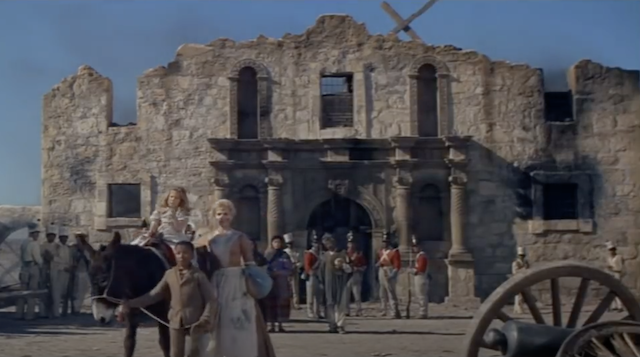
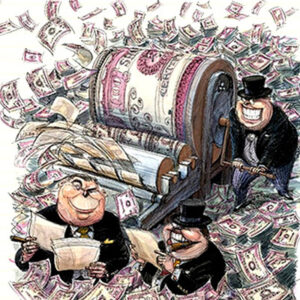 With most public schools ending the school year in lockdown because of the coronavirus pandemic, Fox News reports that parents in several states want to homeschool now and perhaps in the future. But some school systems are resistant to that.
With most public schools ending the school year in lockdown because of the coronavirus pandemic, Fox News reports that parents in several states want to homeschool now and perhaps in the future. But some school systems are resistant to that.
 On returning from my trip to the West in February, I received a request from The New York Times to write a piece answering the following questions:
On returning from my trip to the West in February, I received a request from The New York Times to write a piece answering the following questions: